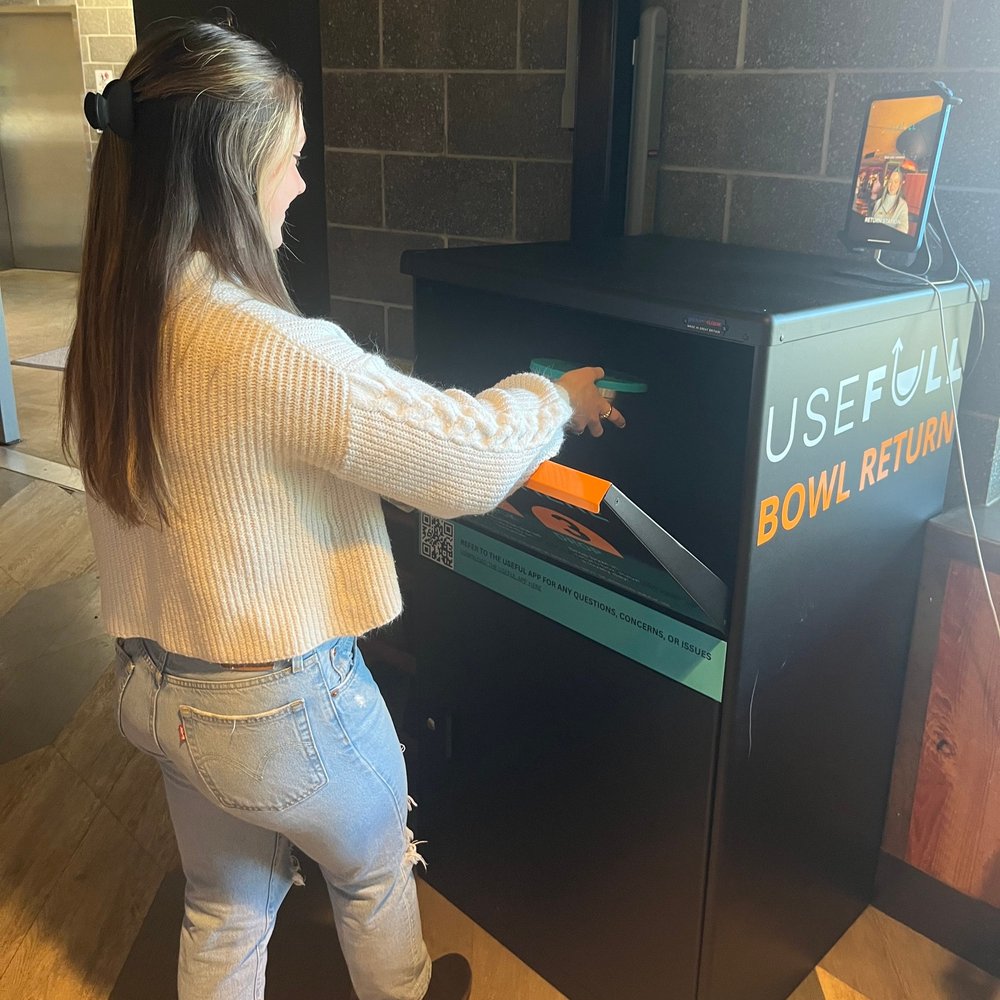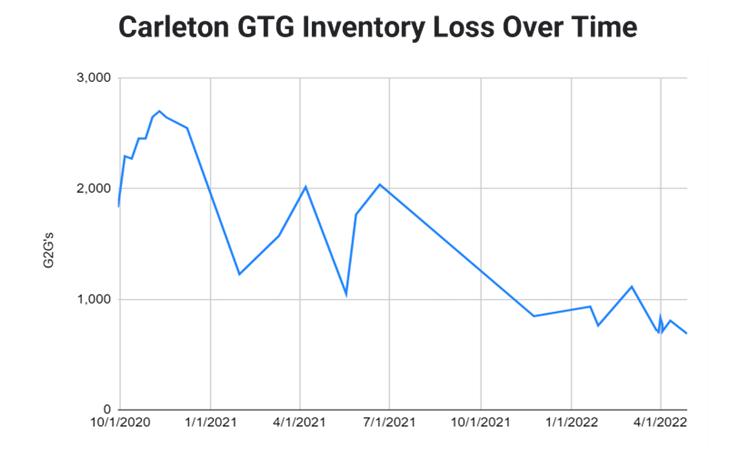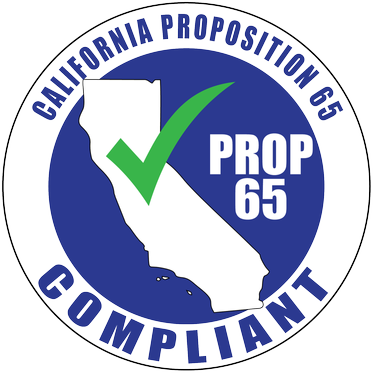
Most reuse programs struggle to get containers back—but USEFULL has cracked the code.
While many other programs fail to achieve high return rates, our tech-enabled stainless steel system combines powerful tracking technology with durable inventory to keep the reuse flywheel spinning.
A functional reuse program must hold users accountable for returning containers on time. That’s why we use QR code tracking paired with library-style late fees to make sure containers come back like they’re supposed to.
The challenge with reuse
The Foodservice Director article With Reusable Container Programs, Foodservice Operators Hit Successes and Snags illustrates our hypothesis in depth.
“As part of its sustainability efforts, Northwestern began providing plastic reusable takeout containers to students in 2018. However, only 12% of those containers were being returned,” said Krista Brown, sustainability and community engagement manager.
“Unfortunately, last fall, over 12,000 purple [plastic containers] were not returned and have likely ended up in the landfill, where they will take up to 450 years to decompose,” Brown said.
Crista Martin of Harvard University noted that in their campus café, students would often mistake plastic reusables for garbage and simply toss them out. These experiences aren’t unique—many campuses face the same loss problem with plastic.
At UNC Wilmington, a prior plastic-based program had only 4% of the purchased containers ever return. After switching to the plastic-free USEFULL program, return rates soared to more than 99%.
Why stainless steel wins
On top of technology, materials matter. Not only do stainless steel containers hold up better because of their durability—they’re also treated better. People know the value of stainless steel and would never throw it away or cast it aside the way they might with plastic.
Given the industry-leading results of our stainless steel system, we proudly stand by our motto: you can’t solve a plastic problem with more plastic.
A case study on returns

When we first met with Carleton College, they had recently implemented a Green2Go (G2G) program to reduce single-use packaging. The program was exciting in theory but had a major pain point: containers would disappear during the term. Loss rates hit 50–60% each semester.
Most of the loss was due to a difficult-to-monitor token system and the fact that students often mistook the plastic containers for trash, throwing them away or recycling them incorrectly.
To improve their results, Carleton switched to the USEFULL system in Fall 2022. Their first term results were astounding:
- Loss rate: less than 1%, down from 50–60% with plastic
- Average rental period: 24 hours (despite a 5-day checkout period)
- Inventory back in circulation quickly thanks to dishwashing staff
Results that speak for themselves
Our library-like checkout system guarantees that return numbers match checkouts. Unlike plastic reusables, no one mistakes our sturdy stainless steel containers for trash.
The result? Containers that last, provide an excellent user experience, and come back on time—keeping program operations efficient, cost-effective, and environmentally positive.
With proven results and a model built to last, USEFULL is showing campuses they don’t have to choose between convenience, efficiency, and sustainability—they can have it all.





